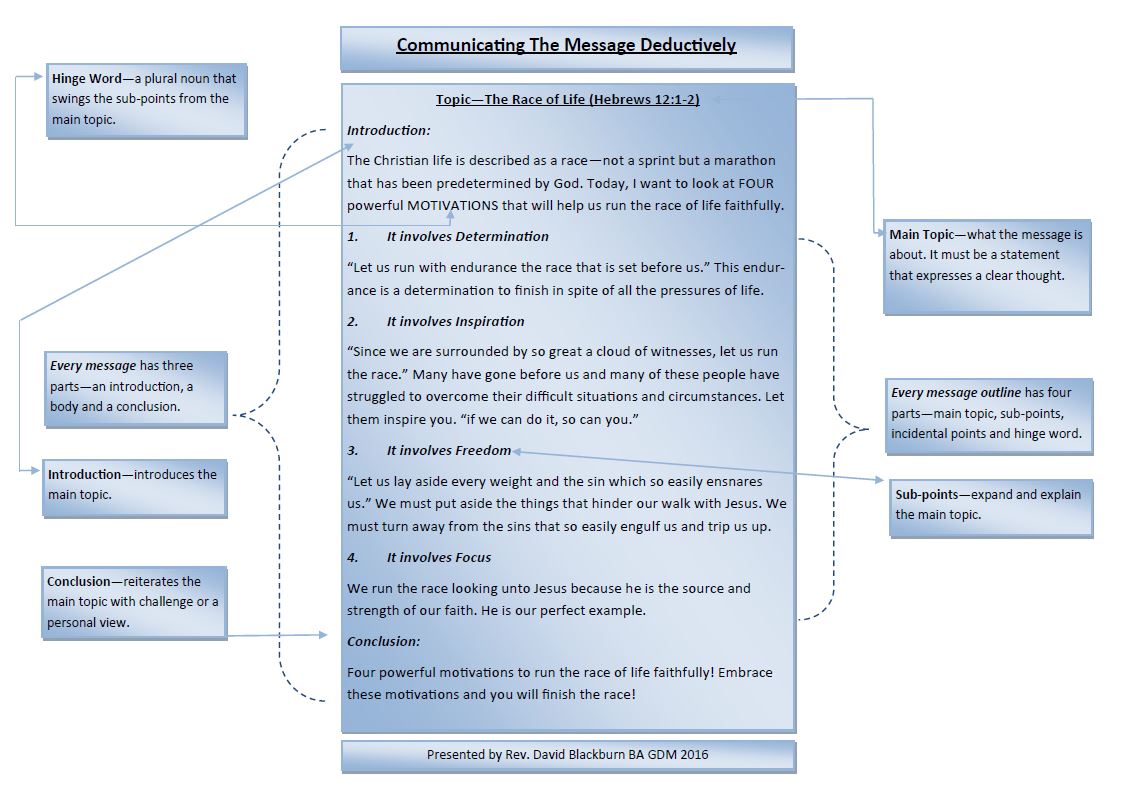How To Preach Without Notes by Charles Koller: This is a powerful book on sermon preparation that will potentially lead to preaching without notes.
You will learn about the different types of sermons, the source material for sermons, the mechanics of sermon structure, the way to note free preaching and much more.

How To Preach Without Notes
How To Preach Without Notes by Charles Koller does not mean that there is little or no sermon preparation. On the contrary, to preach without notes requires carefully developed sermon notes that will give you freedom to speak to your congregation.
How To Preach Without Notes by Charles Koller is not only a classical book on expository preaching but also a well-set-out book that is easy to read and understand. You can see how he organizes his book by the example of the chapter on The Structural Components of the Sermon.
Strong sermons are made up of strong parts. There are six structural components of the sermon that you need to apply to your sermon preparation.
1. The Title or Topic
The title or topic of the sermons should be fresh, attractive, thought provoking, scriptural and interesting. Here are some examples! What is the Rich Man’s Poverty? Why are the First Last and the Last First? How Can I Maintain My Integrity When My Boss Has None? How To Escape The Inescapable? How Can I Resist Deadly Temptation When It Seems So Inviting?
2. The Introduction
The introduction should demand attention, uncover needs and introduce the subject of the sermon with relevancy and personality. The introduction is not the sermon. It only introduces the subject of your sermon and engaging the audience with the message.
3. The Main Points
The main points should flow from the topic of your sermon. If you were to preach on the subject of How Can I Resist Deadly Temptation When It Seems So Inviting, your sermon main points could look like this: There are three ways to resist deadly temptation. The first way involves understanding the source of temptation. The second way involves the steps in temptation and the third way involves the solution for temptation.
When you look at these three main points, you will find that they are sentences. They are mutually exclusive. They are sequential with progression. They are parallel in form and they flow from the topic.

4. The Sub-points
The sub-points should be like the main points with complete sentences, mutually exclusive, mutually adapted and parallel in form.
5. The Illustration
The illustration is one way to re-enforce the truth of Scripture. Preachers who master the art of presenting great illustration realize how important they are to the teaching of the Bible.
6. The Conclusion
The conclusion should reflect what the sermon is about, it should bring the sermon to a burning focus and it should appeal to the individual for a response in some concrete form (What shall we do?).
For a sermon to be powerful, you will need to work on all six structural components of the sermon.
As you can see, How To preach without Notes by Charles Koller is well-organized for ease of learning and understanding.